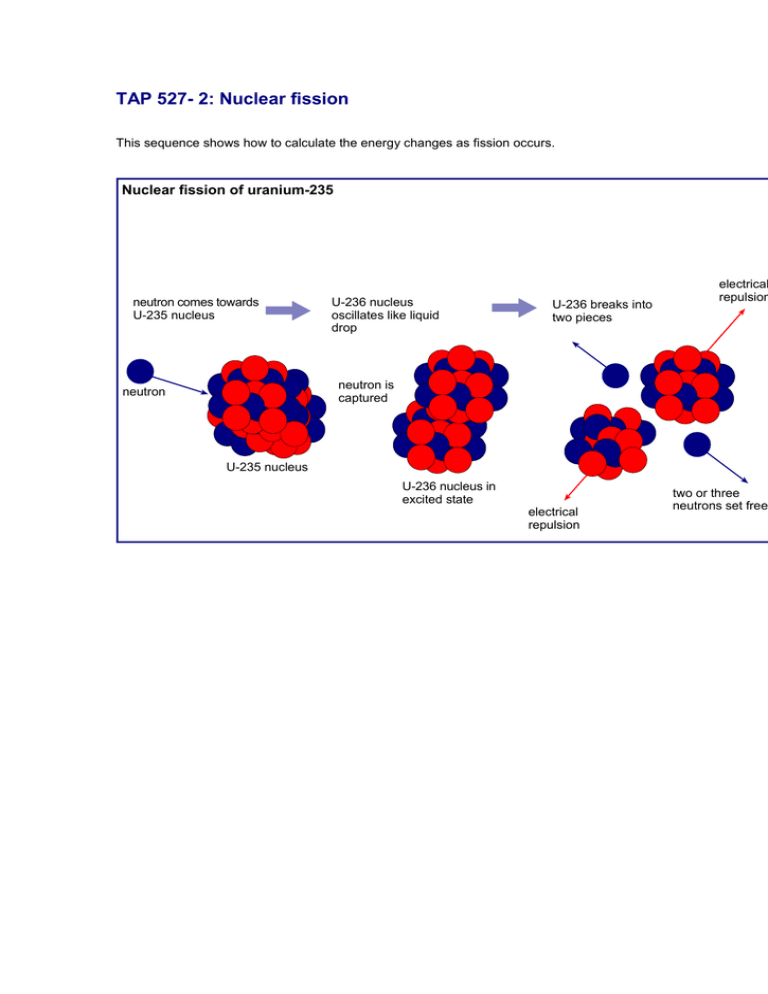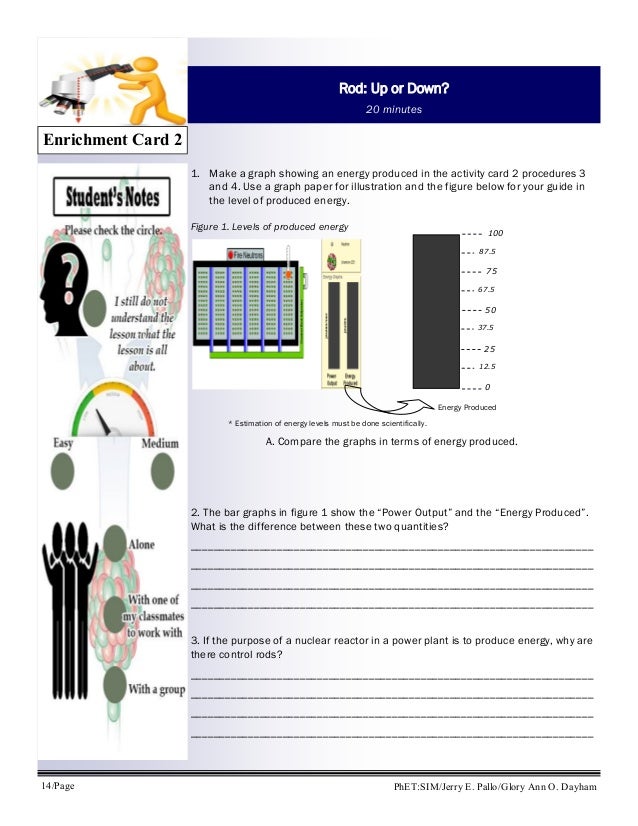
Operator error was also the cause of a reactor accident at Chernobyl on 25 April 1986. In the US and most countries, reactors are enclosed in a thick concrete containment building, so that even if meltdown occurred and contaminated fission products escaped the reactor itself (not the case at Three Mile Island), they are kept from spreading On 28 March 1979 the power reactor at Three Mile Island in Pennsylvania encountered a problem and shut down automatically, but because operators misinterpreted the behavior of the reactor and shut down safety controls which provide cooling in an emergency, it suffered a partial meltdown. The energy these release is much less than that of the fission process, but in the hours after shutdown enough heat is still produced to melt or damage parts of the reactor (" nuclear meltdown") so the flow of cooling water must be maintained. The chain reaction then stops immediately, but not the radioactive decay of fission fragments.

In case of an emergency, an emergency shut-down (a "scram") automatically pushes or drops the rods in all the way, as well as extra rods for emergency use, usually withdrawn. It is very small margin, and because of its narrowness, any power reactor has multiple independent safety devices Reactors need to stay on the 2% margin between a fizzle and runaway fission. However, 2% are delayed neutrons, which provide a very narrow margin for reactivity control. About 98% of the neutrons released in a fission are prompt neutrons, released very quickly, faster than the reaction time of automatic control machinery. The fact which allows control is the existence of delayed neutrons. The rods are automatically pushed deeper into the reactor to reduce the rate of fission, or pulled out to maintain or increase it. The energy release is never fast enough for the reactor to explode like a bomb (one advantage of using thermal neutrons) but if the reaction grows out of control, it may quickly destroy the reactor.Ĭontrol is maintained by control rods of a material such as the metal cadmium, which has a high "absorption cross section" for neutrons. If more than 1 neutron per fission initiates another fission event, the temperature will gradually rise. At the same time, the rate of fission cannot get too high.

It takes elaborate technology and design to get a nuclear chain reaction going. It was meant to serve as supplemental text for high school physics. Stern as part of the Virginia Flexbook on Physics prepared under auspices of the CK-12 foundation, under the "creative commons, cite by attribution, share alike" protocol. Note: This is the 4th and last part of an overview of nuclear energy, longer and more detailed than the one in section (S-8).

(S-8A-4) Controlling the Nuclear Reaction


 0 kommentar(er)
0 kommentar(er)
